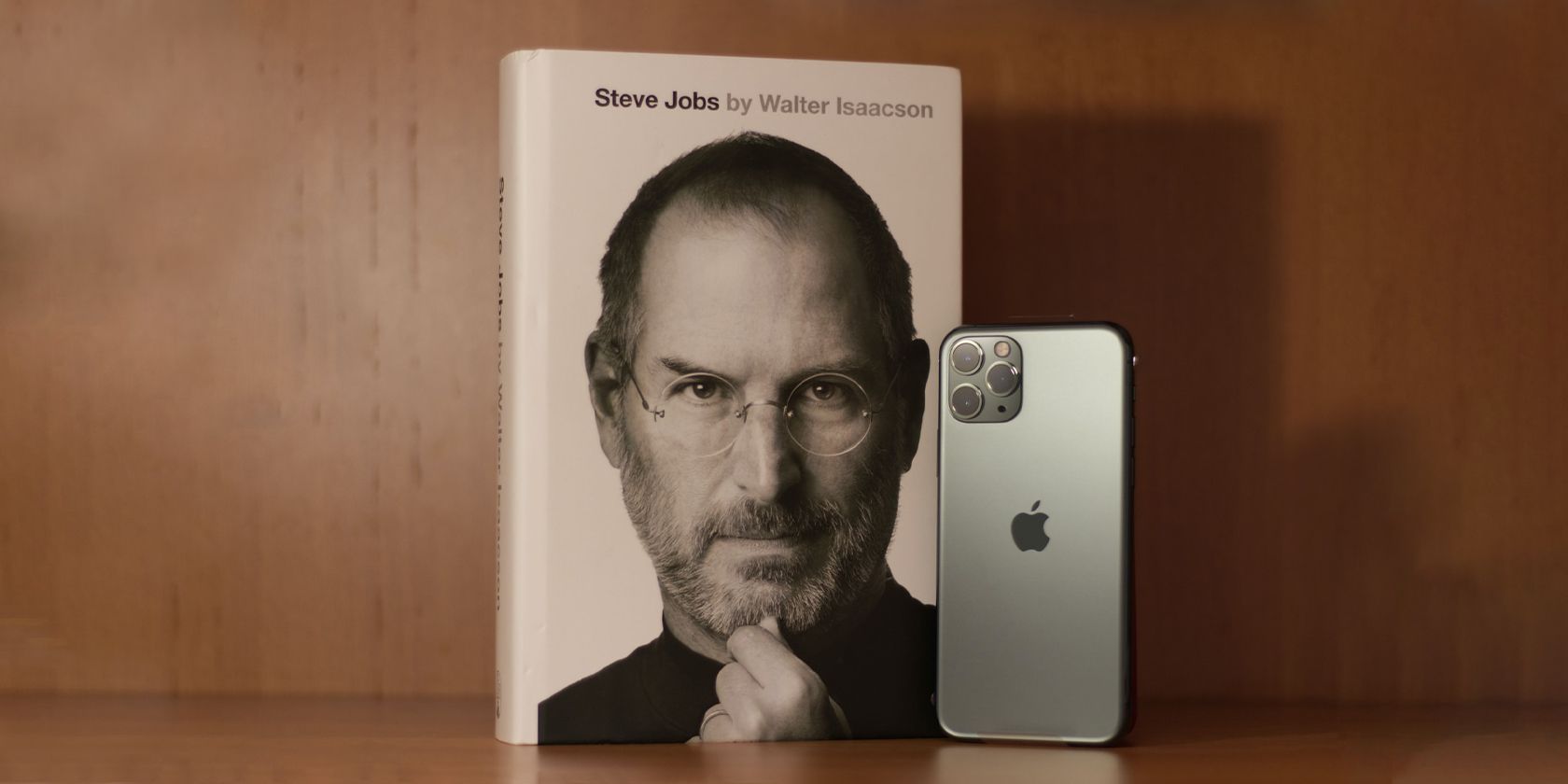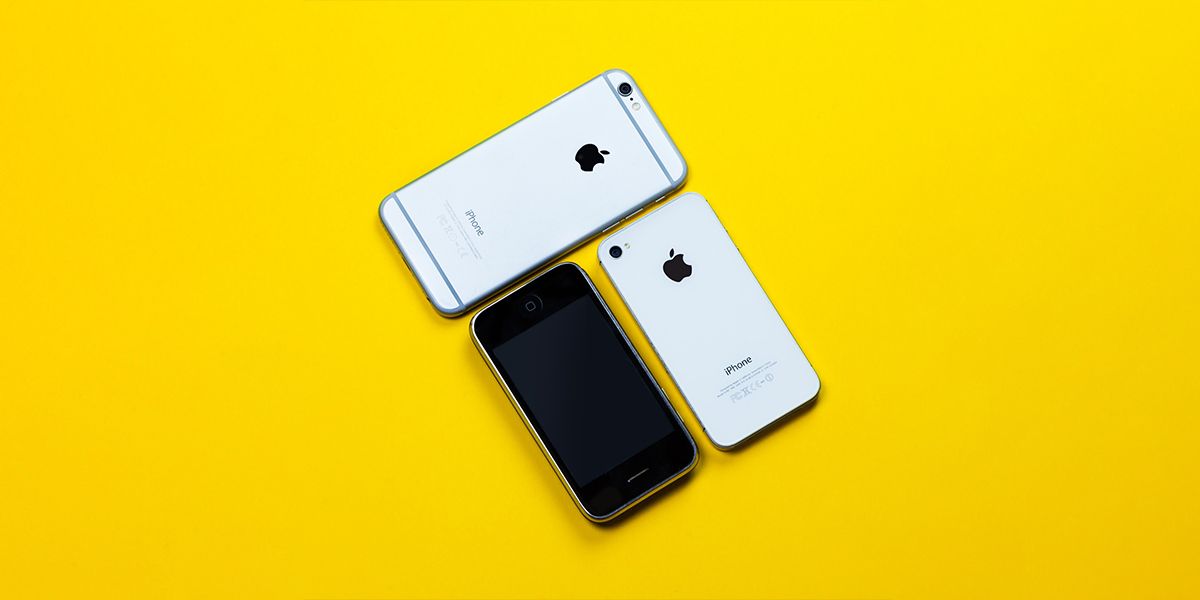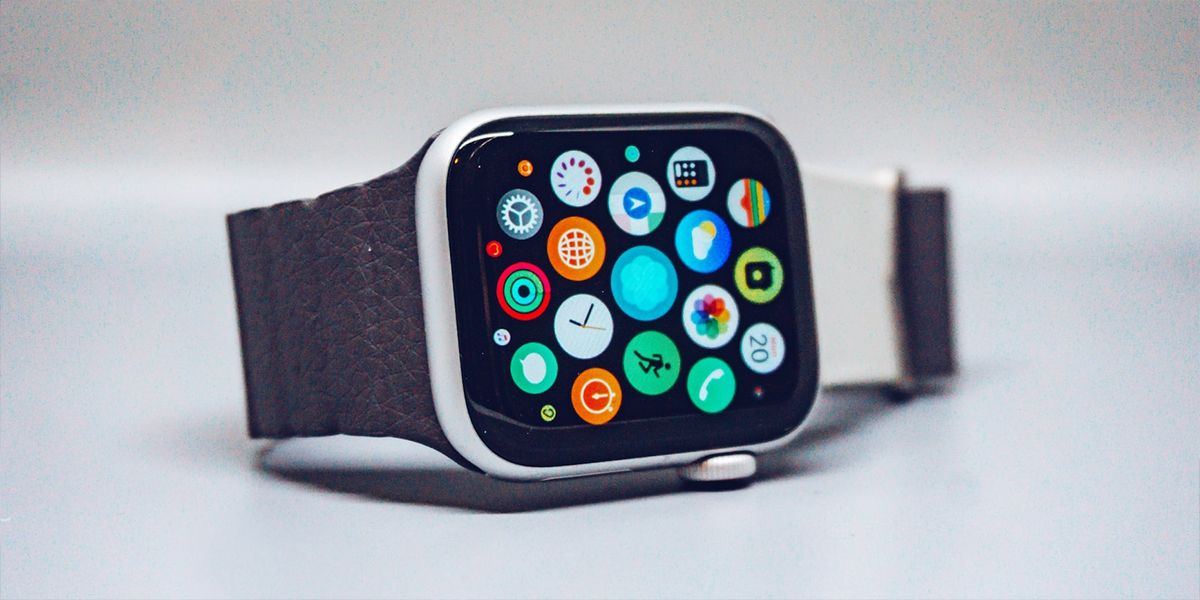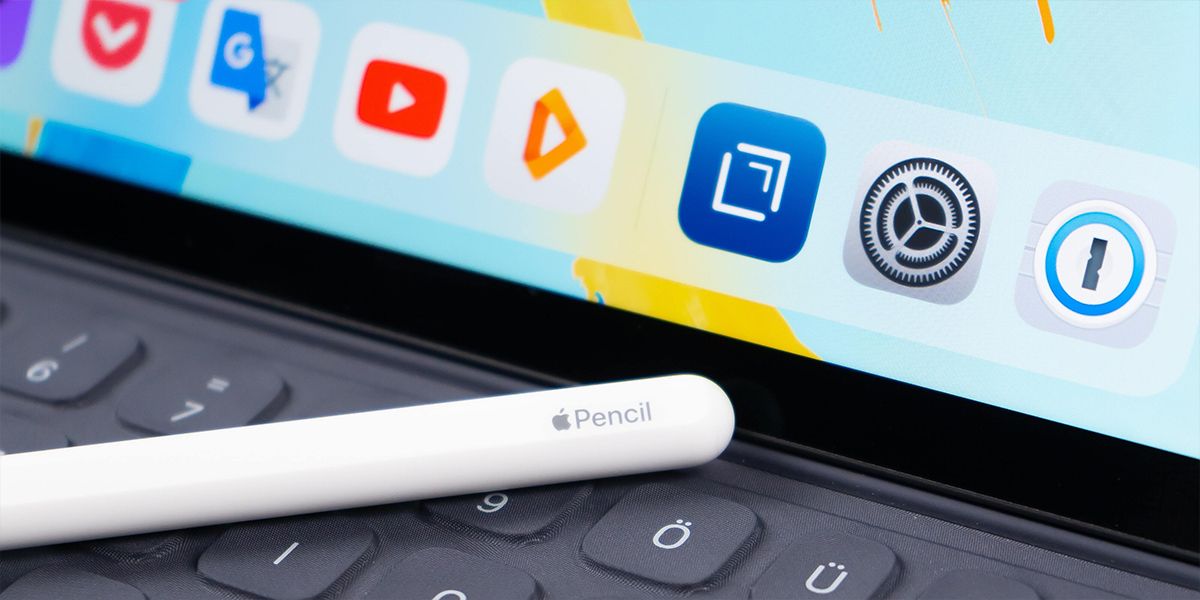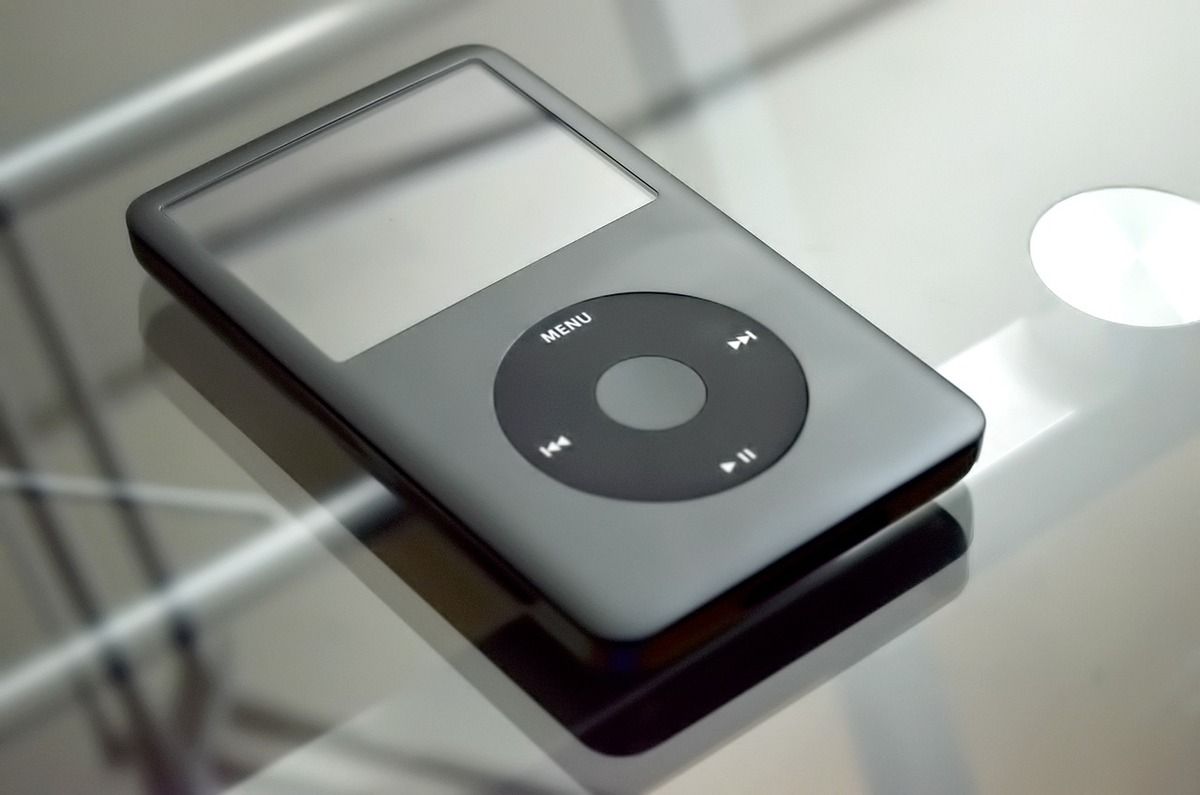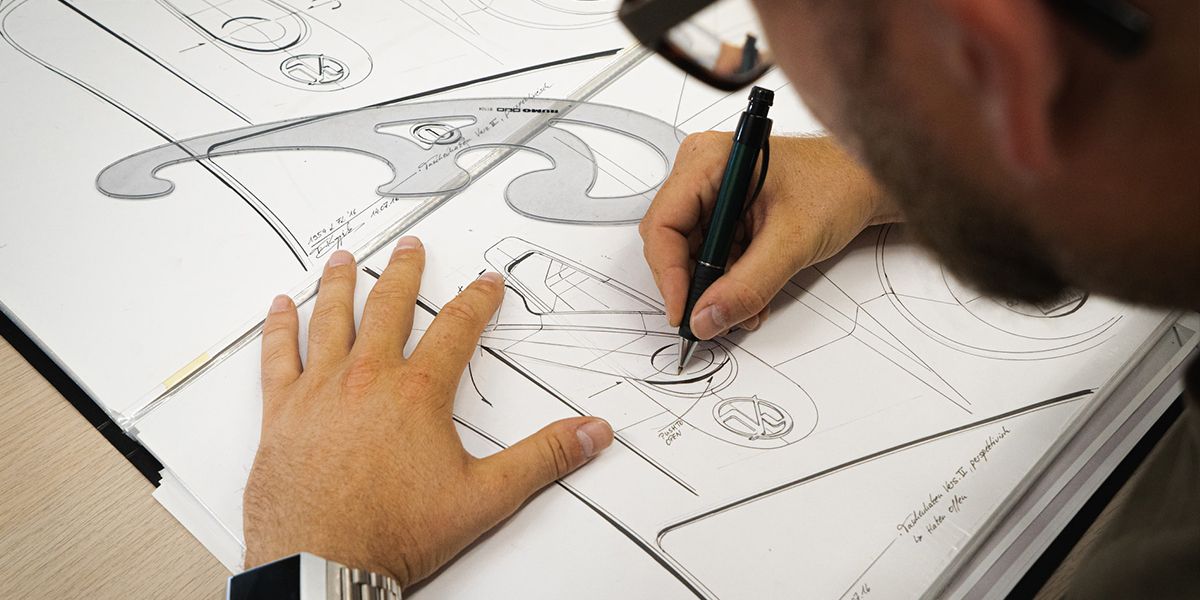With Tim Cook at the helm, Apple became the first public US business to reach a trillion-dollar market cap—but this did come at a cost. Apple has undergone a significant transformation in the last decade in the absence of Steve Jobs, who left behind a legacy of innovation.
During this transformation, some changes were built upon Steve's original directions and plans, like that of the Apple Watch. However, some decisions Apple made were completely opposite to what Steve intended to do, like the Apple Pencil.
Today, we'll examine seven such changes and how they contributed to the company's exponential growth.
1. Apple Introduced Bigger iPhones
In 2012, Apple introduced a bigger 4-inch display with the faster and slimmer iPhone 5, which was a step up from the 3.5-inch screen size that iPhone users were accustomed to. The larger display made room for an additional row of apps, and this was the first time the iPhone got a bigger display, but it was still tiny compared to Android phones at the time.
Steve Jobs would not be a fan of this. He disliked the advent of larger phones and even said, "No one's going to buy that [a big iPhone]." However, Apple decided to go in the other direction, which was the right call. The larger iPhones, such as the Plus and Pro Max versions, made it easier for users to use the phone without straining their eyes.
This is one of the few instances where Steve Jobs was wrong. A compact iPhone was a great idea then, but it didn't allow for a comfortable typing and viewing experience.
2. The Rise of Apple Silicon
In 2020, Apple dropped Intel and announced the transition to its in-house ARM-based chips, known as Apple silicon. This change was in line with Steve Jobs' philosophy of making "the whole widget" (i.e., a complete package) for users.
These chips, which include the M1 and M2 chips, can be found in newer iMacs, MacBooks, and even iPads, and are similar to the A-series chips on the iPhone. This transformation gave Apple tighter control over both hardware and software, thus allowing better optimization for users.
Apple silicon chips combine the CPU, GPU, and RAM into a single unit. As a result, they are a significant upgrade over Intel processors, boosting excellent multi-core performance while reducing battery consumption.
3. AirPods Changed Wireless Headphones Forever
Another development in line with Steve Jobs' directions was releasing the AirPods. Previously, in 2007, Steve Jobs introduced the Apple iPhone Bluetooth Headset but discontinued it later due to poor sales record.
But, in 2016, Apple made a second attempt and unveiled AirPods alongside the iPhone 7. This was because Apple had removed the headphone jack from the iPhone, and a wireless headset was needed again.
The AirPods paired seamlessly with the iPhone and sounded great for mainstream users. Soon enough, everyone wanted a piece of the pie, and wireless earphones were the new cool.
All of this worked out incredibly well in Apple's favor. While other brands did catch up in terms of audio quality and features, it was too late. Now, according to Statista, Apple dominates the headphone market in the US.
4. The Inception of the Apple Watch
The Apple Watch, released soon after Steve's death, initially met with skepticism due to underwhelming battery life and performance issues. The value for money, for most users, wasn't quite there. Eight generations later, the smartwatch has transformed the health world and is now the leading product in the smartwatch industry.
Currently, the most notable features of the Apple Watch include workout tracking, ECGs, heart-rate monitoring, crash detection, and fall detection. It also contributes to female health by evaluating body temperature and blood oxygen levels to predict ovulation.
The Apple Watch, just like the Apple silicon chips and the AirPods, was also a product of Steve Jobs' genius, who always wanted an iPhone-like wearable device.
5. Apple Adopted the Stylus With Apple Pencil
Steve Jobs was known to oppose the use of styluses. However, the Apple Pencil has stuck around and proven to be an innovative note-taking, sketching, and design tool. When paired with the Apple Pencil, you can turn your iPad from a media consumption device into a powerful work machine.
Released in 2015, the Apple Pencil revolutionized the stylus market with its unique design that naturally fits in your hand like a pencil. Unlike capacitive rubber styluses, the Apple Pencil relies on a network of transmitters to detect pressure and position. As a result, the Apple Pencil feels natural, precise, and intuitive.
While Steve Jobs may have heavily opposed the idea, the Apple Pencil combined with the iPad is now the go-to tablet for digital artists and designers.
6. The iPod Became a Relic of the Past
With the discontinuation of the iPod came the end of an era. iPods were revolutionary and transformed the electronics and media industries while laying the groundwork for future Apple products, including the iPad, iPhone, and AirPods. The introduction of the iPod by Steve Jobs helped Apple rise from the brink of bankruptcy to its multi-trillion-dollar status today.
For many years, the iPod encouraged first-time buyers to explore Apple's other offerings. Despite this, iPod sales were on a continuous decline due to the introduction of the iPhone and the iPad. People still liked the iPod Touch, which was almost like an iPhone without a SIM slot.
According to Daily Mail, Steve Jobs, before his death, had planned four years of Apple products in advance, including newer versions of the iPod, which Apple did end up releasing. However, seeing how the gap between an iPod and an iPhone had closed up, Jobs would have likely also chosen to discontinue the iPod.
7. Jony Ive's Departure From the Company
Jony Ive left Apple in 2019, nearly three decades after contributing to the company's most significant product designs. It came as a surprise to the tech world, but his departure was unavoidable due to the shift in culture within the organization. In comparison to Steve Jobs' autocratic, hands-on approach, Tim Cook focuses on a more democratic, independent style of work.
A significant change was during the Apple Watch design phase. Although Jobs and Ive envisioned a more fashion-forward wearable, Cook's vision was more health and wellness-centric. Ive was reportedly left feeling withdrawn and depleted due to such changes.
Jony Ive will always be credited as the creative mind behind Apple. Nevertheless, critics believe he could have been a barrier to the advancements made by Cook.
A New Era or a Step Back for Apple?
Although Steve Jobs has been gone for over a decade, Apple has made significant progress and is yet to present more to the world. The Cupertino-based company is rumored to be dabbling in the world of mixed reality and also the first Apple Car. So, innovation is still important to Apple, even if many would disagree.
We'll never know how Steve Jobs would have furthered Apple. However, it's obvious that Tim Cook has a clear vision for his take on Apple and how to ensure the business continues to expand. While the tech giant is doing excellent in terms of revenue, only time will tell how long it can stay at the top.

